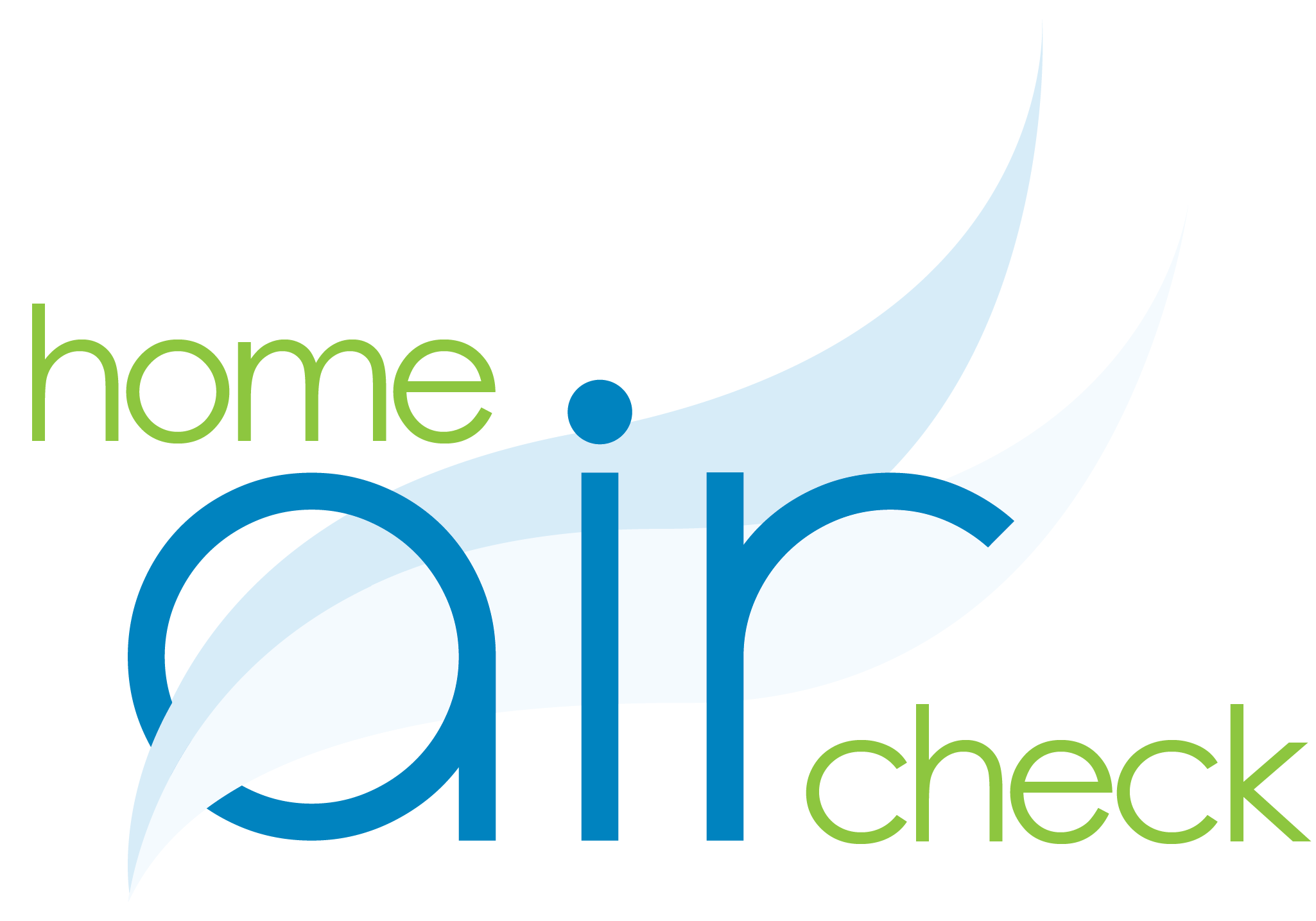Office Indoor Air Quality: How To Monitor, Test, And Improve Quality
Office indoor air quality is a leading concern since it can significantly impact employees’ health and productivity. Most of the employee working hours are spent indoors. According to studies and research conducted by the Environmental Protection Agency (EPA), indoor air quality can be worse pollutants from external sources.
Unfortunately, there are commercial properties that neglect their office indoor air quality and end up regretting the consequences. Below is an informational guide on indoor air quality, including monitoring, testing, and improving air quality.
What Does Good Indoor Air Quality Mean?
Monitoring indoor air quality generally means;
- Controlling of contaminants
- Humidity levels and temperature are comfortable
- There is sufficient functional ventilation
Ventilation rate is the outdoor air amount introduced into a room per unit of time and is typically expressed in cubic feet per minute (cfm). The American Society of Heating, Refrigerating, and Air-conditioning Engineers stipulate the minimum required rates for acceptable air quality.
Importance of Workspace Indoor Air Quality
According to this 1989 EPA report, indoor air quality potentially results in increased productivity and lesser sick days (source). Moreover, poor office indoor air quality may cost a country billions of dollars in medical expenses and lost work time.
Clean indoor air quality motivates employees to work normally without distractions. The effects of poor indoor air quality may cause panic, especially if there are intense allergic reactions among the vulnerable and affected individuals. Widespread office panic may have a long-term effect on business operations and profits.
What Influences Office Indoor Air Quality?
Interior or exterior pollutant sources, moisture and humidity, HVAC systems, maintenance, odors, building designs, and foreign substances introduced into the atmosphere may impact the indoor air quality.
Due to the ever-changing indoor air quality, routine monitoring and testing are vital to maintaining a healthy and safe office atmosphere, which increases human productivity. It also protects you from potential legal suits from employee complaints.
How to Test Office Indoor Air Quality
Different indoor air quality monitoring devices can be used to measure and test pollutant levels in a room, such as air testing kits or sensors.
Sensors are designed to detect any foreign matter or input in a specific environment, for example, temperature, motion, pollutants, and more. Upon detection, the sensor transmits this information into a signal that can be gauged and transmitted electronically.
An indoor air quality sensor detects the presence of air pollutants and alerts the room. For reliability and effective results, these sensors should be placed strategically throughout the office building. According to EPA, the ideal arrangement would be one sensor for every 10,000 feet.
Sensors can measure lots of substances, including;
- Particulate matter
- Humidity
- Radon
- Formaldehyde
- Carbon monoxide
- Aerosols
- Methane, and more.
There are several things to note when placing sensors to test and measure office indoor air quality.
For starters, the best placement of these sensory devices would be in common rooms and away from direct sunlight. Avoid placing the sensors near personal heaters, induction units, and floor fans for proper device functionality.
The sensors will then relay the information to its intended destination, which varies across different sensor types and brands.
You can then read the data to determine if your indoor air quality meets standards and conditions.
How To Improve Office Indoor Air Quality
You can take several approaches to improve your indoor air quality, depending on different factors, such as the extent of the pollution, the outdoor environment, and your building setting or structure. Below are tips to improve your workplace indoor air quality. You can find more tips on Home Air Advisor.
How To Detect Possible Office Indoor Air Issues
An advanced sensor can help determine the causes of air pollution in your workspace. However, in situations where it is hard to determine the cause, most employees will notice the possibility of pollution when experiencing symptoms triggered by poor indoor air quality.
Below are practical step you can implement to help detect poor workplace indoor air quality;
- Test for the presence of air pollutants, including toxic gases, chemicals, carbon monoxide, among others
- Inspect your ventilation system to ensure it is fully functional
1. Allow Natural Ventilation
Open your windows and doors when humidity and temperature levels allow. Fresh air and natural sunlight help improve an indoor space. Natural air from outside also reduces pollutants in an indoor area.
2. Use Air Purifiers
Purifiers that feature HEPA filters help filter contaminants from the air. Air purifiers are primarily designed to capture particulate matter and less of gas or chemicals. Use activated carbon filters to remove gas and chemicals.
3. Get Indoor Plants
Plants are famous for their natural air purifying properties since they absorb toxins from the air. However, beware of molds that grow on plants regularly watered. Besides improving your indoor air quality, indoor plants also enhance your office’s aesthetic appeal.
4. Restrict Indoor Smoking
Cigarette smoking contains harmful toxins which make the atmosphere less comfortable and hazardous. Passive tobacco smoking can cause ear infections, lung cancer, and asthma. Even electronic cigarettes release harmful nicotine and additives.
5. Change Your HVAC Filter Regularly
Ensure you change your filters regularly to prevent dust or other air pollutants from circulating back into the atmosphere. Clogged HVAC filters interfere with airflow and speed up contaminant build-up in enclosed spaces.
6. Keep Your Office Clean
A clean office has low allergens, contaminants, dust, and mold levels that potentially spread in the air. Use sustainable cleaning products that do not release harmful pollutants.
7. Conduct Regular Testing
Conduct regular indoor air testing to understand how to improve your air quality efficiently and directly. Indoor air quality tests include water damage, odors, mold growth, humidity levels, and more.
The first and most important thing you can do to improve indoor air quality is schedule an air quality test with a certified consultant. The consultant should walk you through the steps necessary to test and document the air quality accurately. Some of these air quality tests include;
- Oxygen
- Total volatile organic compounds (VOCs)
- Lower explosive limit of natural gas (LEL)
- Hydrogen sulfide
- Carbon monoxide
- Carbon dioxide
- Relative humidity
- Temperature
- Mold spores
The consultant should then walk you through the final air quality report and interpret the data based on the appropriate standards.
Bottom Line
Indoor air quality should be among the top priorities in an office since it directly affects the health and productivity of employees and staff. Poor office indoor air quality may lead to health complications and trouble with the authorities.
Before you start, you can use one of our indoor air testing kits to test the indoor air quality of your office. After that, you can try out some of the above tips. Proper office hygiene and ventilation are the easiest ways to improve the situation.


